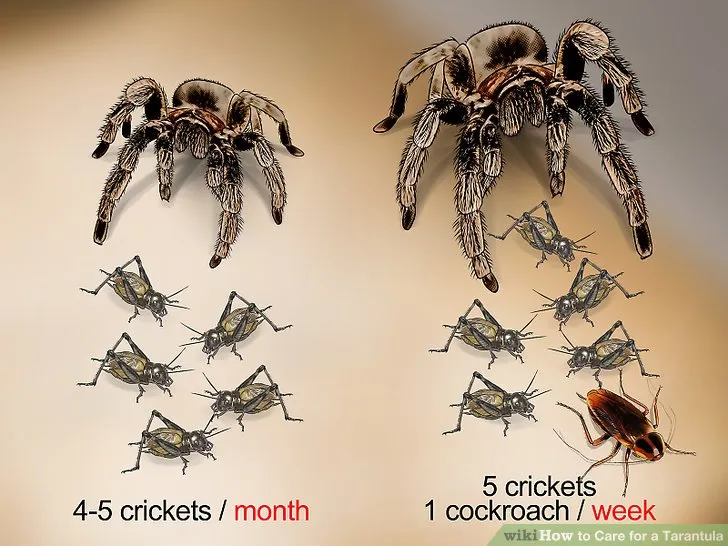What is a Baby Tarantula?
Baby tarantulas, often called spiderlings, are the juvenile stage of these fascinating arachnids. They are essentially miniature versions of adult tarantulas, but with unique care requirements due to their smaller size and vulnerability. Understanding what constitutes a baby tarantula is the first step in providing proper care. These tiny creatures emerge from their egg sac, a silken pouch created by the mother tarantula to protect her eggs. Spiderlings are incredibly delicate and require a controlled environment to thrive. Their size at this stage can vary, but they are generally a fraction of an inch in body length. Observing a baby tarantula gives you a great deal of insight into the entire life cycle of these creatures.
Identifying a Baby Tarantula
Identifying a baby tarantula involves recognizing their physical characteristics and behaviors. Baby tarantulas have a distinct appearance compared to their adult counterparts. Their bodies are usually lighter in color, with more vibrant hues that will develop as they mature. Their exoskeletons are also softer, making them more susceptible to injury. Spiderlings are also often more active than adults, constantly exploring their surroundings. They might appear to be more fragile, and their movements are quick. They also spend more time eating and growing during the early stages of their lives. Observing your tarantula at this stage provides a glimpse into their early days and behaviors.
What to Feed a Baby Tarantula
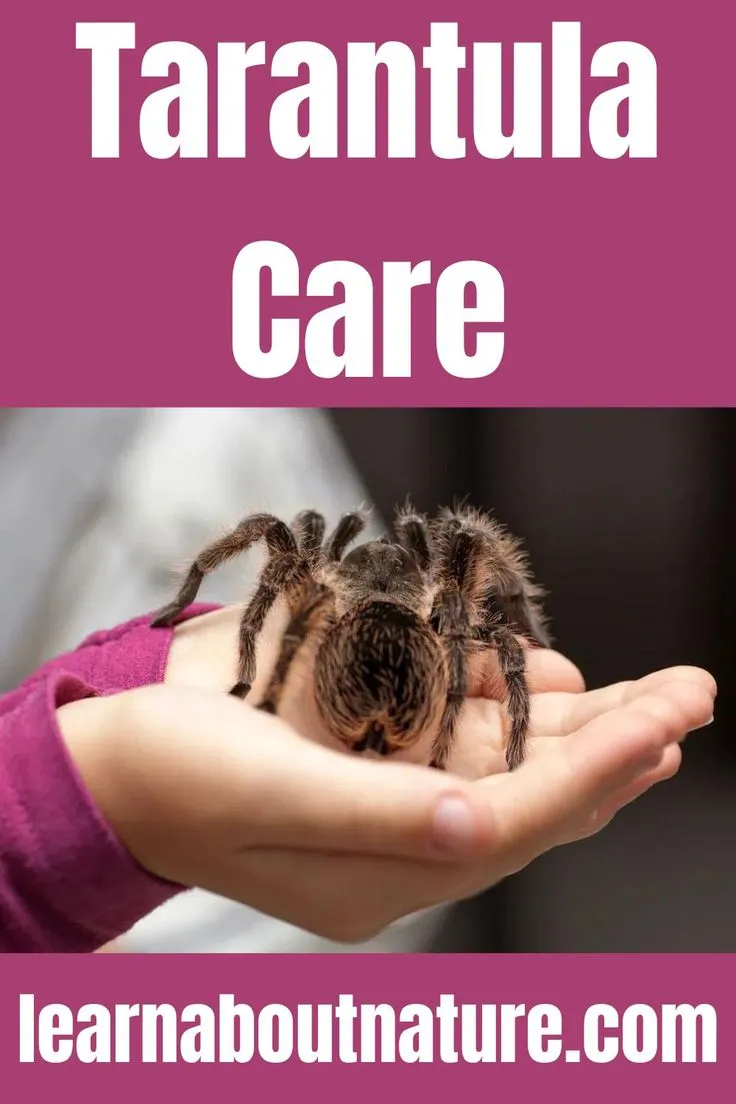
Feeding a baby tarantula requires careful consideration. Their tiny size means they can only consume small prey items. Providing appropriately sized food is crucial for their survival and healthy development. The primary diet for baby tarantulas consists of small insects. It is essential to ensure that the prey is not larger than the tarantula’s body. Overfeeding is a risk that should be avoided. The frequency of feeding also depends on the spiderling’s age and growth rate. You need to maintain a balance to prevent overfeeding. The type of food also plays a role. Variety in their diet ensures that they get a range of essential nutrients for their growth and well-being. Choosing the right food is essential for your tarantula’s development.
Best Food for Baby Tarantulas
The best food for baby tarantulas is small, flightless insects that are readily available and easy to manage. Some of the best food options include fruit flies (Drosophila melanogaster or hydei), pinhead crickets, and small mealworms. Fruit flies are often the easiest to manage because they are tiny and can be cultivated at home. Pinhead crickets can be used, but they need to be small enough to avoid overwhelming the spiderling. Mealworms, when cut into smaller pieces, can also be a suitable food source. It is crucial to ensure that the insects are gut-loaded with nutritious foods before feeding them to your tarantula. This way, your tarantula will also obtain essential nutrients and stay healthy during its early stages.
Frequency of Feeding
The frequency of feeding baby tarantulas depends on several factors, including the species, growth rate, and individual spiderling’s appetite. Baby tarantulas typically need to be fed more frequently than adults, as they have a higher metabolic rate and are constantly growing. As a general guideline, you can feed a baby tarantula every other day to every three days. However, observe your tarantula’s behavior and adjust the feeding schedule accordingly. If your spiderling consistently refuses food, it might be preparing to molt or simply isn’t hungry. Monitor their abdomen size. You should remove any uneaten food within 24 hours to prevent the growth of mold or mites in the enclosure. You will need to adjust the feeding frequency to make sure your spiderling receives the proper nutrition.
Setting Up the Perfect Baby Tarantula Habitat
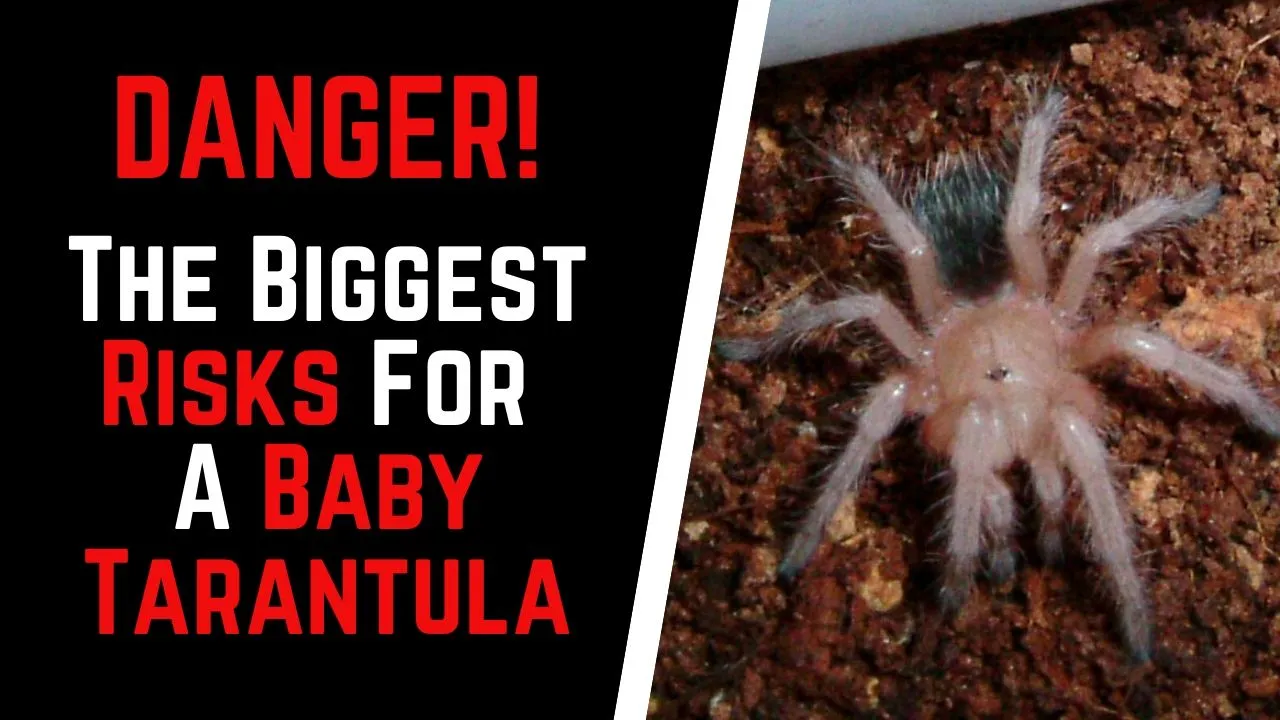
Creating a suitable habitat is vital for the well-being of your baby tarantula. Baby tarantulas are sensitive to environmental changes and require a controlled environment to thrive. This includes a proper enclosure, substrate, and temperature and humidity levels. The habitat should replicate their natural environment to provide them with a sense of security and promote healthy growth. The setup of the enclosure also needs to be easy to clean and maintain. You should also make sure that the enclosure is secure enough to prevent escapes. It is important to remember that they require a safe, comfortable, and enriched environment. This way, your spiderling will grow up in a healthy and thriving setting.
Choosing the Right Enclosure
Choosing the right enclosure is the first step in creating a suitable habitat for a baby tarantula. The enclosure should be appropriately sized, secure, and provide the necessary ventilation. For baby tarantulas, a small, clear container with a secure lid is often ideal. This could be a deli cup, a small plastic container, or a specialized terrarium designed for spiderlings. The size of the enclosure should be roughly three times the tarantula’s leg span. Ventilation is essential to prevent the buildup of humidity and mold. Ensure the enclosure has small air holes or a mesh lid. The material should be transparent so that you can easily monitor the tarantula without opening the enclosure. Choosing the right enclosure ensures your tarantula can grow in a healthy and safe environment.
Substrate Selection for Your Tarantula
The substrate, or bedding, is a critical component of the tarantula’s habitat. It provides a comfortable environment, helps regulate humidity, and allows the tarantula to burrow. The best substrates for baby tarantulas are those that retain moisture without becoming soggy. Popular choices include coco fiber, peat moss, and a mixture of both. These substrates are readily available, safe, and provide a naturalistic environment. Avoid using substrates with sharp edges or those that can easily mold. The substrate should be deep enough for the tarantula to burrow. This creates a safe and secure space for the spiderling. The substrate should also be kept clean and changed regularly to prevent mold and mite infestations. A well-maintained substrate is essential for your tarantula’s health and well-being.
Temperature and Humidity Levels
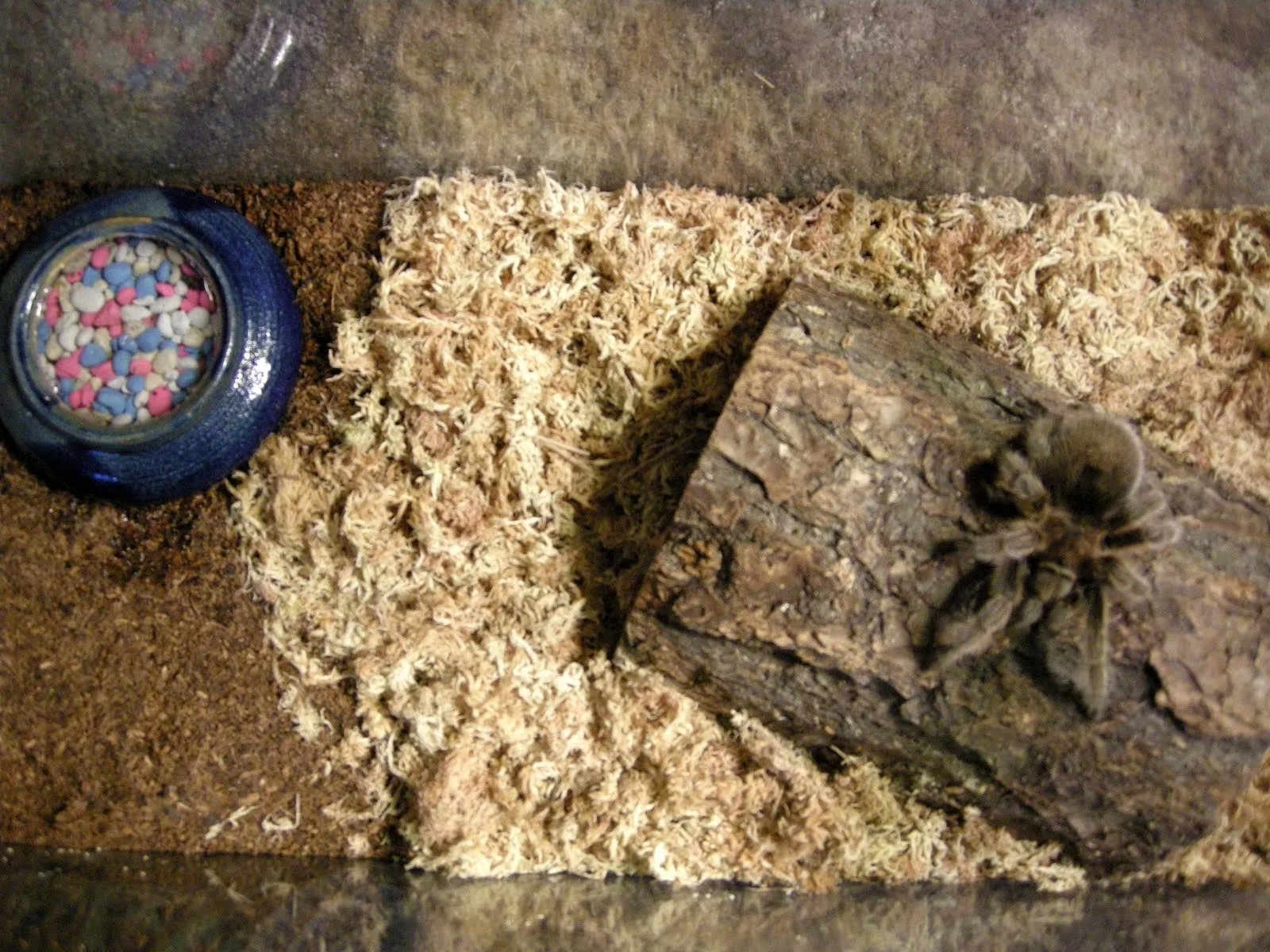
Maintaining the correct temperature and humidity levels is crucial for the survival of baby tarantulas. Tarantulas are ectothermic, which means they rely on their environment to regulate their body temperature. The ideal temperature range for most baby tarantulas is between 75-85°F (24-29°C). You can use a heat mat or a small heat lamp to maintain the right temperature. The enclosure should be monitored regularly using a thermometer to make sure the temperature is in the appropriate range. Humidity also plays a significant role in the tarantula’s health. Baby tarantulas need higher humidity levels than adults. The ideal humidity range is between 70-80%. You can increase humidity by misting the enclosure with water every few days or providing a shallow water dish. A hygrometer can be used to monitor humidity levels. You need to make sure you have the right temperature and humidity levels for your tarantula to develop and grow.
Watering and Hydration for Baby Tarantulas
Proper hydration is essential for the health and well-being of baby tarantulas. They need a consistent source of water to stay hydrated, especially in their early stages of life. Baby tarantulas absorb water through their exoskeletons and from their food, so it is important to provide them with a way to stay hydrated. A shallow water dish filled with clean, fresh water is a common and effective method. The water dish should be small and shallow to prevent the tarantula from drowning. You should regularly check the water level and refill it as needed. Alternatively, you can mist the enclosure with water a few times a week. This provides the tarantula with water droplets to drink. It is also important to ensure that the enclosure isn’t too humid. By providing proper watering and hydration, you can ensure your baby tarantula stays healthy and thrives.
Daily Care and Maintenance
Daily care and maintenance are essential for keeping your baby tarantula healthy and thriving. This includes monitoring the enclosure, providing fresh food and water, and cleaning the habitat. You should inspect the enclosure daily for any signs of problems. This includes uneaten food, mold growth, or any unusual behavior. You should provide fresh food and water as needed. Make sure that the food is appropriately sized and the water is clean. It is also necessary to remove any uneaten food. You should also clean the enclosure regularly to prevent the buildup of waste and the growth of bacteria. The frequency of cleaning will depend on the size of the enclosure. You can spot-clean the enclosure weekly and perform a more thorough cleaning monthly. Proper daily care and maintenance ensure a healthy and safe environment for your baby tarantula.
Handling Baby Tarantulas Safely
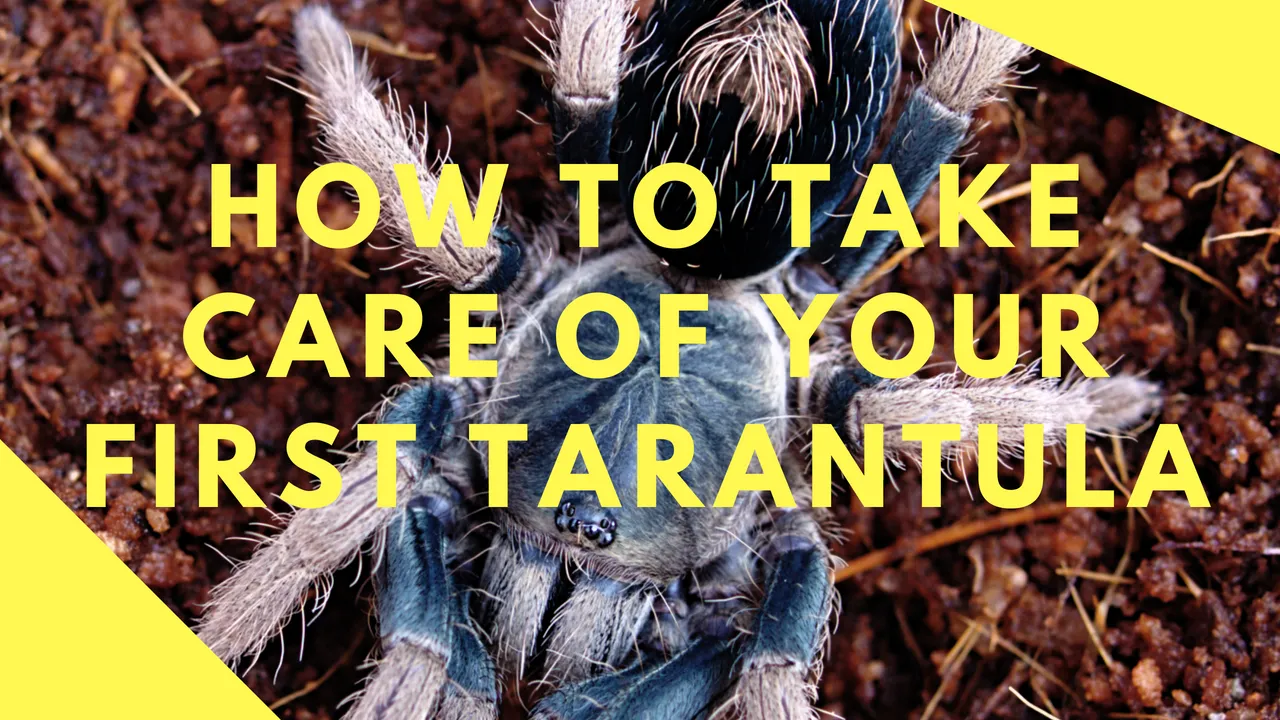
Handling baby tarantulas is often not recommended. These delicate creatures are fragile and can be easily injured during handling. Their small size makes them difficult to handle safely, and their venom, while not usually fatal to humans, can cause pain and discomfort. If you must handle your baby tarantula, do so with extreme caution and only when necessary. Before handling, wash your hands thoroughly to remove any scents that could agitate the tarantula. If you have to handle the spiderling, use a soft brush or a small container to gently coax it onto your hand. Avoid sudden movements and keep the tarantula close to the ground. This way, if it falls, it won’t be injured. It is best to observe your baby tarantula in its enclosure and interact with it indirectly. Prioritizing their safety is key to ensuring they thrive.
Understanding Tarantula Molting
Molting is a natural process that allows tarantulas to grow. It involves shedding their exoskeleton and growing a new, larger one. Baby tarantulas molt more frequently than adults because they are growing rapidly. During molting, the tarantula becomes vulnerable. It is important to understand the molting process to provide the necessary care and support. The frequency of molting depends on the species, age, and growth rate of the tarantula. Baby tarantulas can molt every few weeks or months. The entire process can take several hours or even days. The tarantula will lie on its back and shed its old exoskeleton. The new exoskeleton will be soft and pliable. During the molting process, it is crucial to avoid handling the tarantula. By understanding and supporting them during this process, you can help your spiderling grow into a healthy adult.
Signs of an Impending Molt
Recognizing the signs of an impending molt is vital for providing the right care and support. Before molting, a tarantula will often stop eating or show a decreased appetite. This is because they are preparing for the process. You can see that the tarantula’s abdomen may appear darker or more swollen. This indicates that the new exoskeleton is developing. The tarantula might also become more reclusive, spending more time in its burrow or hiding spot. They may also start to build a silk mat or web in preparation for molting. When you notice these signs, reduce the frequency of feeding and avoid disturbing the tarantula. By recognizing these signs, you can ensure your tarantula is healthy and safe during the process of molting.
Caring During Molting
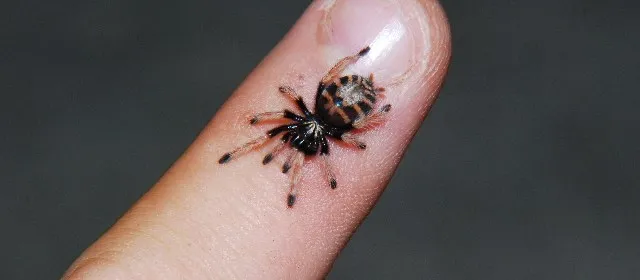
Caring for a tarantula during molting requires a hands-off approach. During the molting process, the tarantula is extremely vulnerable. It is essential to create a safe and undisturbed environment. Avoid handling or disturbing the tarantula. Ensure that the enclosure is kept at the appropriate temperature and humidity levels. It will also need to be cleaned and maintained. Provide a shallow water dish with clean water. You should keep the enclosure as still as possible to minimize any stress. After the tarantula has molted, give it some time to harden before offering food. Once the exoskeleton has hardened, you can resume feeding. Proper care during molting helps the tarantula shed its old exoskeleton and grow successfully.
Common Health Issues and Prevention
Baby tarantulas can be susceptible to certain health issues. It is crucial to be aware of these potential problems to take preventive measures. The most common health issues include mites, fungal infections, and injuries. Mites can infest the tarantula and its enclosure, causing irritation and potentially spreading diseases. Fungal infections can occur if the humidity levels are too high or if the substrate is not clean. Injuries can occur from handling or from falls. The prevention of these issues requires good hygiene and proper husbandry practices. This includes regular cleaning of the enclosure, providing the right temperature and humidity levels, and avoiding handling. By taking these preventive measures, you can minimize the risk of health problems and keep your baby tarantula safe and healthy.
Recognizing and Addressing Health Problems
Recognizing and addressing health problems early is essential for the tarantula’s survival. You need to know the signs of common health issues to be able to take the necessary steps. Signs of mites include small, moving pests on the tarantula or in the enclosure, or the tarantula scratching itself excessively. Fungal infections may manifest as discoloration, unusual spots, or changes in behavior. If you notice any of these signs, you should remove the tarantula from the enclosure and isolate it. If you notice mites, clean the enclosure thoroughly. For fungal infections, you might need to consult a veterinarian. Addressing health issues early on can improve the chances of recovery and maintain your tarantula’s health.
The Long-Term Commitment of Tarantula Care
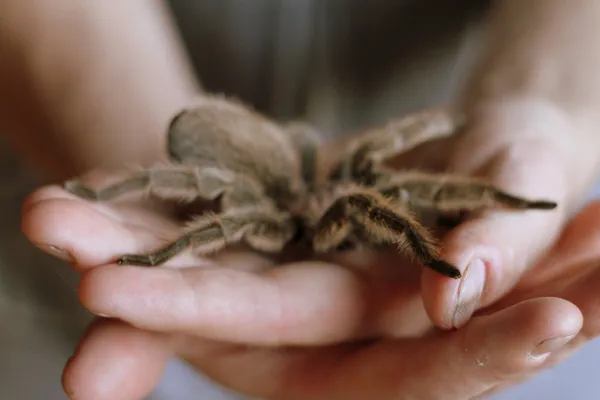
Caring for a baby tarantula is a long-term commitment that requires dedication and patience. Tarantulas can live for many years. Female tarantulas have a longer lifespan than males, which means that you can spend up to 20 years caring for them. You must be prepared to provide ongoing care and attention. The commitment involves providing a suitable environment, feeding, and maintaining the enclosure. You will also need to monitor the tarantula’s health and provide any necessary medical care. Furthermore, as the tarantula grows, you might need to adjust its habitat and feeding routine. By understanding the long-term commitment, you can ensure that you can properly care for your tarantula for its entire lifespan.
